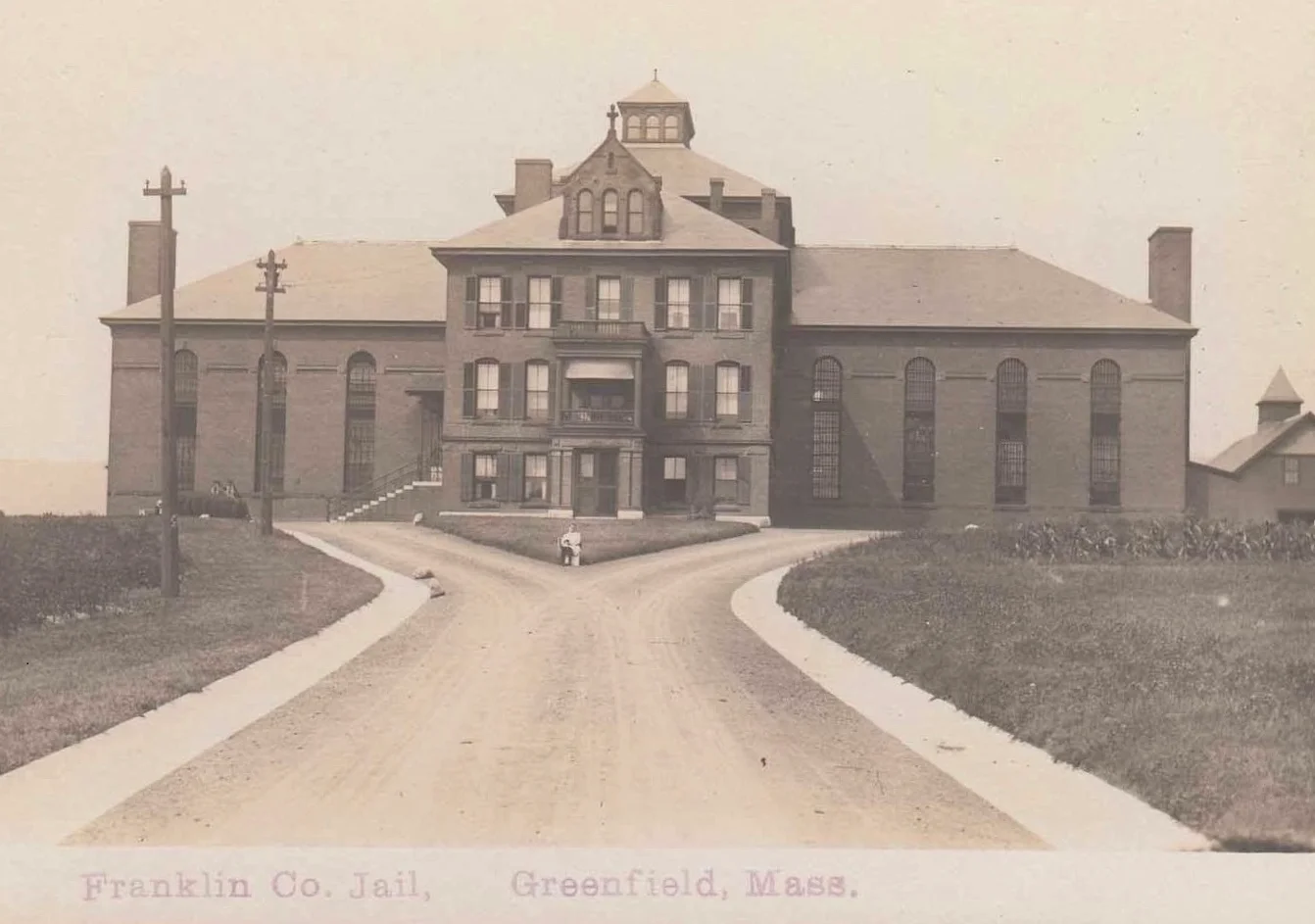
Photo circa 1920 (Courtesy of Sue Field)
Photo circa 1920
(Courtesy of Sue Field)
Although the office of the sheriff as we know it today is a uniquely American institution, its roots are to be found in early English history. In order to provide for effective social control and to promote efficient government administration, England was divided into regional entities known as shires. In addition to its other functions, each shire had a more-or-less formal law enforcement apparatus headed by an officer called the reeve. The reeve, a royal appointee, was responsible for ensuring basic law enforcement, preserving peace within the shire, arresting wanted offenders, and operating the regional jail. The reeve also was considered to be
an agent of the judiciary and was specifically charged with executing court orders. Once English domination of North America's eastern seaboard became a political reality, efficient colonial administration took on new importance, and the imposition of effective social controls became absolutely essential in order to insure the survival of this outpost of the British Empire. In an effort to meet these challenges, the English settlers attempted to transplant traditional British institutions to the colonies. To these basic institutions, however, the settlers added their own unique twist. Each of the colonies was Subdivided into counties not unlike the English shires, for purposes of resource exploitation. regional political administration, and primary social control. In addition to the usual array of government officials, each county had an appointed sheriff (or shire-reeve ) who had the authority to protect life and property, enforce the criminal law, and assist the courts. In short, the sheriff was charged with the responsibility of maintaining social order through law enforcement.
The colonial sheriff, out of practical necessity, acquired the right to deputize assistants and to enlist their aid in the management and operation of the office. Based on English tradition, the sheriff was also vested with posse comitatus-the "power of the county". Under this doctrine, the sheriff was granted the authority to assemble any and all able-bodied men for the purpose of securing their help in apprehending fugitives and/or returning lawbreakers to the county for criminal court action or the imposition of penal sanction. As durable colonial constitutions emerged, the sheriff was almost always designated the chief law enforcement officer in county government. Because populist political sentiment was rising and democratization of the North American colonies (brought on by the geographical separation from England as well as by the unique needs of the colonial Americans themselves) had been accomplished, the sheriff became an elected county official. Although some of the basic functions of the sheriff's office have been altered over the years, it is safe to say that the structure and the philosophy that developed during the colonial period have remained virtually unchanged in most areas of the United States. In the vast majority of the more than 3,000 counties in this nation, the sheriff-by provision of the state constitution-is the chief law enforcement officer of the county, is an elected county official, and still has the power of posse comitatus. Despite the complexities of modern-day living and the impact of rapid sociocultural change on contemporary American society, the office of the sheriff-because of its grass roots appeal and its political adaptability-remains a viable institution in most jurisdictions. An examination of sheriffs departments throughout the nation suggests that there is an extraordinary diversity in terms of basic objectives, organizational structures, and assigned functions. Some sheriffs' departments provide very restricted service to the community and still reflect the traditional orientation, that is, the "one-man show"; others are structured as full-service urban law enforcement organizations with quasi-military characteristics, thousands of deputized employees, and a wide variety of specialized functions.
No comments:
Post a Comment